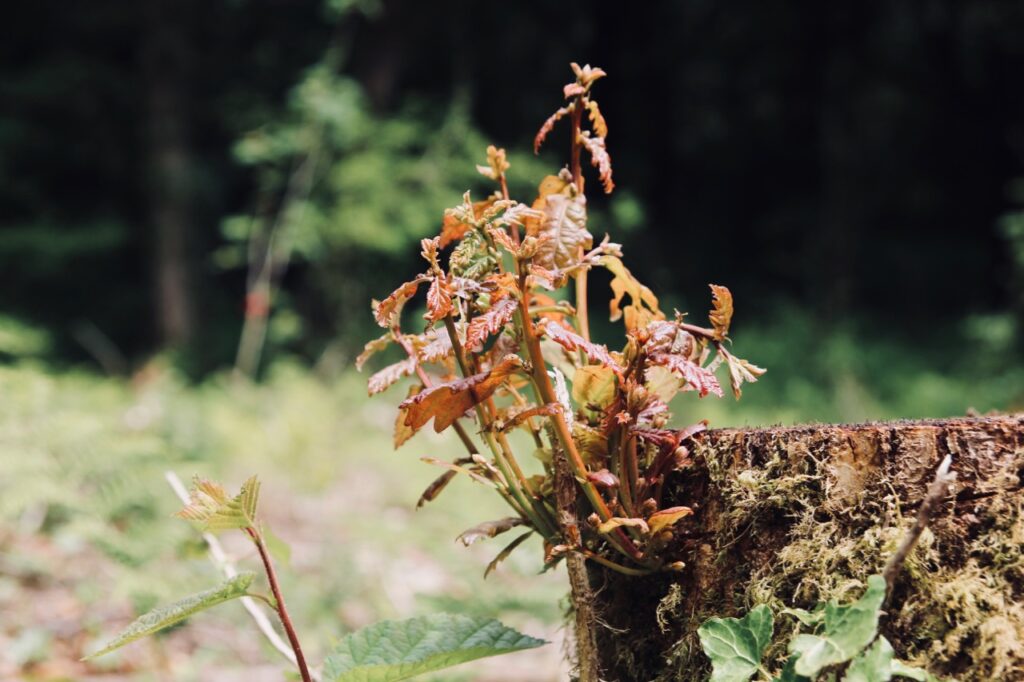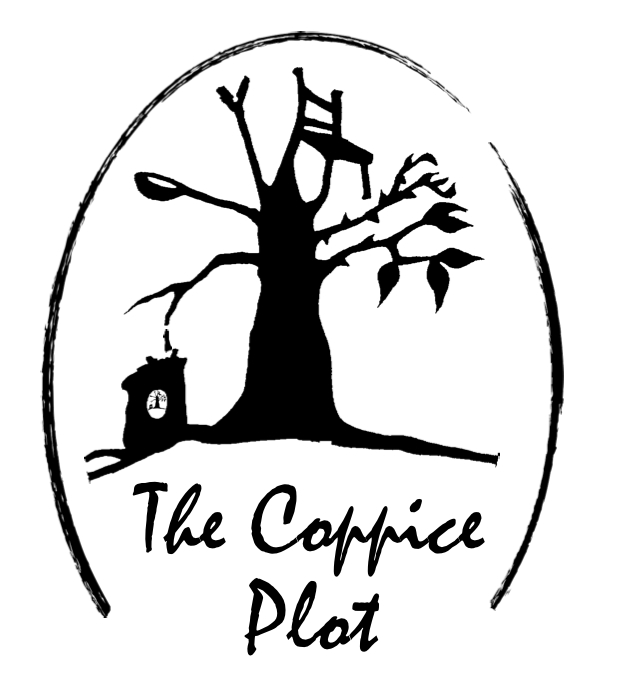Your cart is currently empty!

Coppice management of woodlands involves cutting down an area (typically from 1/4 acre to 1 acre) of trees during the winter. This sounds drastic and it can look quite severe immediately after the work is done. However, coppice relies on the amazing ability of our native broadleaf trees to regrow once cut. Each cut tree will regrow several new stems which can grow several feet in the first summer. As one plot regrows another is cut the following winter, creating a patchwork of various age woodland. This increase in the variation of habitats has massive biodiversity benefits. This pattern is continued until the first area is ready to be cut again, and hence the cycle continues.
As well as biodiversity benefits the woodland becomes much more productive, growing more and better quality wood. It is because of this that coppice is so special. It benefits both nature and humans, and if done correctly is truly sustainable.
For more information on coppice management and how to get involved in woodlands you may want to look at the National Coppice Federation Website.
Coppice – where the wood comes from?
It is important that you know where the wood comes from for our work. If the main material isn’t from a sustainable source then a product can not be called sustainable. All our wood is currently coming from the following locations:
- The coppice we work in Fishguard, Cilgerran and Pengelli. Three woodlands in North Pembrokeshire
- Some wood is being sourced from Adrian who manages Pengelli Woodlands for the Wildlife Trust of West Wales.
- Birch and cherry from my parents garden in Surrey.
- I recently (September 2022) picked up some chestnut from Say It With Wood, near Hereford for some gates.
